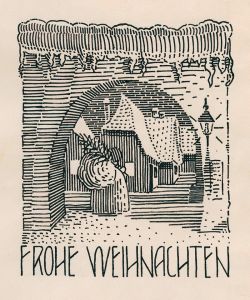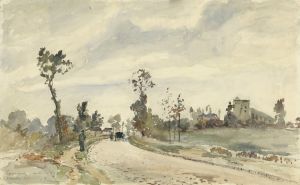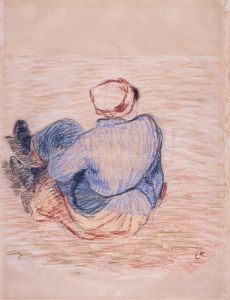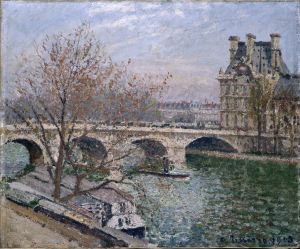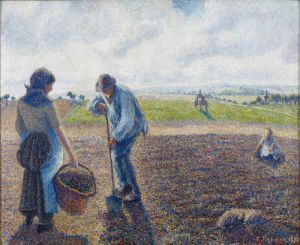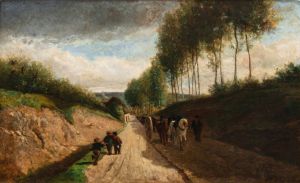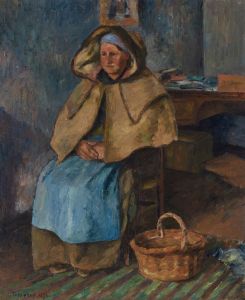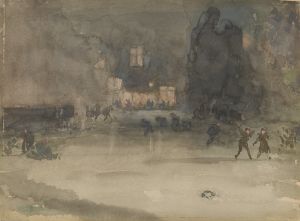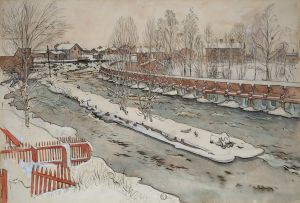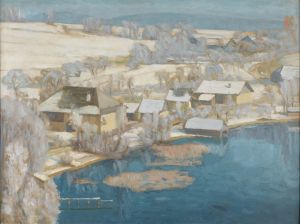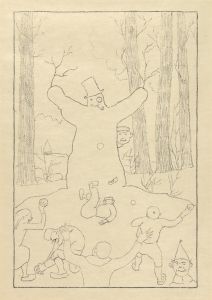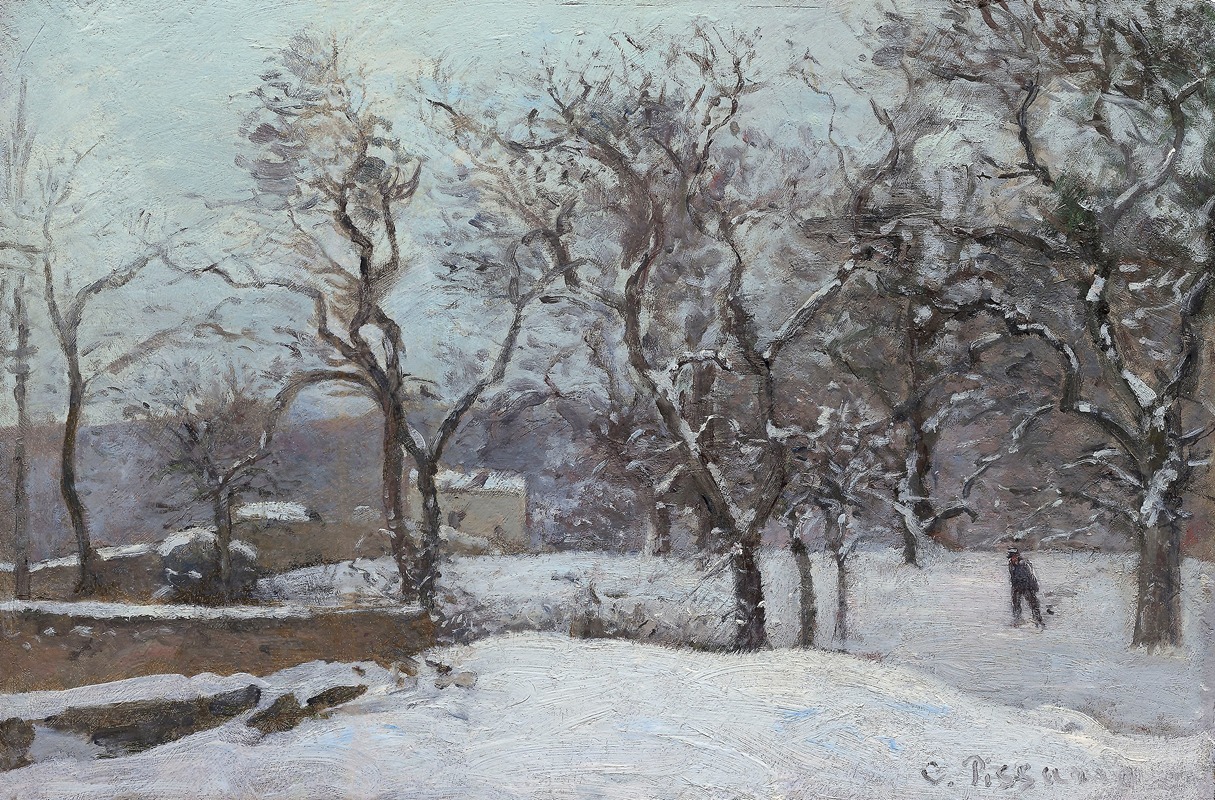
Snow at Louveciennes
A hand-painted replica of Camille Pissarro’s masterpiece Snow at Louveciennes, meticulously crafted by professional artists to capture the true essence of the original. Each piece is created with museum-quality canvas and rare mineral pigments, carefully painted by experienced artists with delicate brushstrokes and rich, layered colors to perfectly recreate the texture of the original artwork. Unlike machine-printed reproductions, this hand-painted version brings the painting to life, infused with the artist’s emotions and skill in every stroke. Whether for personal collection or home decoration, it instantly elevates the artistic atmosphere of any space.
"Snow at Louveciennes" is an oil painting by the renowned French artist Camille Pissarro, created in 1871. Pissarro, a pivotal figure in the Impressionist movement, is celebrated for his landscapes and his ability to capture the subtleties of light and atmosphere. This particular painting is a testament to his skill in depicting winter scenes and his innovative approach to capturing the natural world.
The painting portrays a serene winter landscape in Louveciennes, a village located in the Île-de-France region, not far from Paris. Louveciennes was a favored location for Pissarro and other Impressionists due to its picturesque scenery and the quality of light that could be observed there. The village and its surroundings provided a rich source of inspiration for Pissarro, who lived there for several years.
In "Snow at Louveciennes," Pissarro captures the quiet beauty of a snow-covered landscape. The composition features a road leading into the distance, flanked by trees whose branches are laden with snow. The muted palette of whites, grays, and blues conveys the chill of winter, while the subtle variations in tone suggest the play of light on the snow. Pissarro's brushwork is loose and fluid, a hallmark of the Impressionist style, which allows the viewer to sense the texture of the snow and the atmosphere of the scene.
The painting exemplifies Pissarro's interest in the effects of weather and season on the landscape. His ability to depict the transient qualities of light and atmosphere was a significant contribution to the Impressionist movement, which sought to capture moments of everyday life with immediacy and authenticity. Pissarro's work often focused on rural scenes and the lives of peasants, reflecting his interest in the natural world and the changing environment.
"Snow at Louveciennes" is also notable for its composition, which draws the viewer's eye along the road and into the depths of the painting. This use of perspective creates a sense of depth and invites the viewer to imagine walking into the scene. The painting's tranquil mood and harmonious composition are characteristic of Pissarro's approach to landscape painting.
Throughout his career, Pissarro was known for his experimental techniques and his willingness to embrace new ideas. He was a mentor to several other Impressionist painters, including Paul Cézanne and Paul Gauguin, and his influence extended beyond his own work to shape the development of modern art.
Today, "Snow at Louveciennes" is held in high regard as an example of Pissarro's mastery of the Impressionist style and his ability to convey the beauty of the natural world. The painting is part of the collection at the Musée d'Orsay in Paris, where it continues to be appreciated by art enthusiasts and scholars alike. Through works like this, Pissarro's legacy as a pioneering figure in the Impressionist movement endures, offering viewers a glimpse into the serene and contemplative world he so skillfully depicted.






